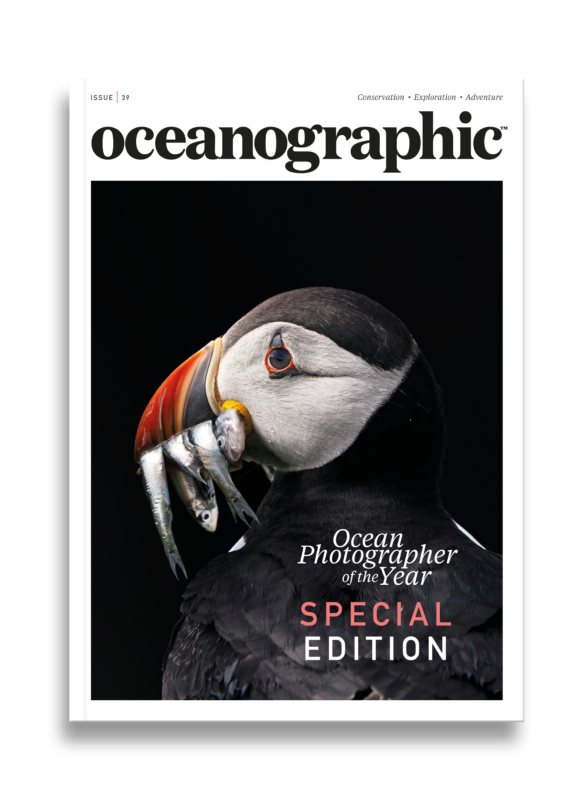Shark fin-spection: US clamps down on illegal seafood trafficking
US ports are to clamp down on the illegal trafficking of endangered fish species in seafood imports with the deployment of a new technology - a Covid-like rapid test to perform a real-time genetic analysis on samples in next-level enforcement.
It’s been likened to a Covid test for detecting illegally-trafficked species of fish; a new process for performing real-time genetic analysis on imported seafood at ports across the United States devised to effectively clamp down on and keep illegal products from entering the country.
Developed by researchers from Florida International University and now being piloted by the NOAA Fisheries Office of Law Enforcement, the pioneering technology aims to cut the time it takes to identify illegally-trafficked species of fish, by offering a real-time solution to genetic analysis while in the field.
Until now, NOAA law enforcement staff would be relied upon to identify fish species through visual examination, often then having to send genetic samples to forensics labs to verify their suspicions. It’s a process that can take up to two weeks and slow the seafood products moving through ports across the United States.
The technology is a bold new step, then, towards tackling illegal, unreported, and unregulated fishing – keeping illegal seafood product from entering the US marketplace.
“The idea is to make this technology available to everyone so that it becomes routine to do genetic testing in the field,” said Diego Cardeñosa, Ph.D, the lead researcher on the project. “Then it becomes a regular part of evidentiary support in law enforcement. This novel technology brings a lot of value to cases that law enforcement needs to handle.”
The device uses a PCR test, similar to those used to detect Covid-19 during the pandemic. Instead of detecting traces of Covid-19, however, it uses unique genetic markers to detect various fish species. Once samples are added into the device, the genetic markers produce a specific chemical reaction depending on what fish species is being tested for.
The device can, currently, detect more than 100 species, including tuna, shark, and eel, with additional genetic markers planned for future development.

The benefit of the deployment of these devices is anticipated to be swiftly felt, cutting the sample processing time down from up to two weeks to a mere matter of hours. It should also reduce the number of samples sent to NOAA forensics labs for testing.
Already the device has been providing some positive results. During a week-long enforcement operation at the Port of Newark in New Jersey last year, genetic samples from imported fish were collected and identified, detecting more than 27 tonnes of fish determined to be illegally harvested, prohibited in trade, and listed in the annexes of the Convention on the International Trade of Endangered Species.
Information gathered from this operation alone will now be used to further these investigations which may lead, NOAA has stated, to the prosecution of anyone who committed fraud or participated in the illegal trade of protected species.
“Ultimately, we want to facilitate sustainable, legal commerce, but at the same time interdict illegal trade,” said Bryan Landry, assistant special agent in charge in NOAA Fisheries Office of Law Enforcement. “This new technology will help us do that more efficiently.”
In addition to a number of federal agencies, including Customs and Border Protection, Homeland Security Investigations, and the US Fish and Wildlife Service, this operation has been joined by a number of forensic science experts from NOAA, US Fish and Wildlife Service Forensic Unit, and Florida International University.
The team plans to roll pilot operations for the device across other major ports of entry throughout the rest of the year.


"*" indicates required fields
Printed editions
Current issue
Back issues

Current Issue
Issue 41 Holdfast to the canopy

Back Issues
Issue 39 Special Edition: OPY2024
Enjoy so much more from Oceanographic Magazine by becoming a subscriber.
A range of subscription options are available.








